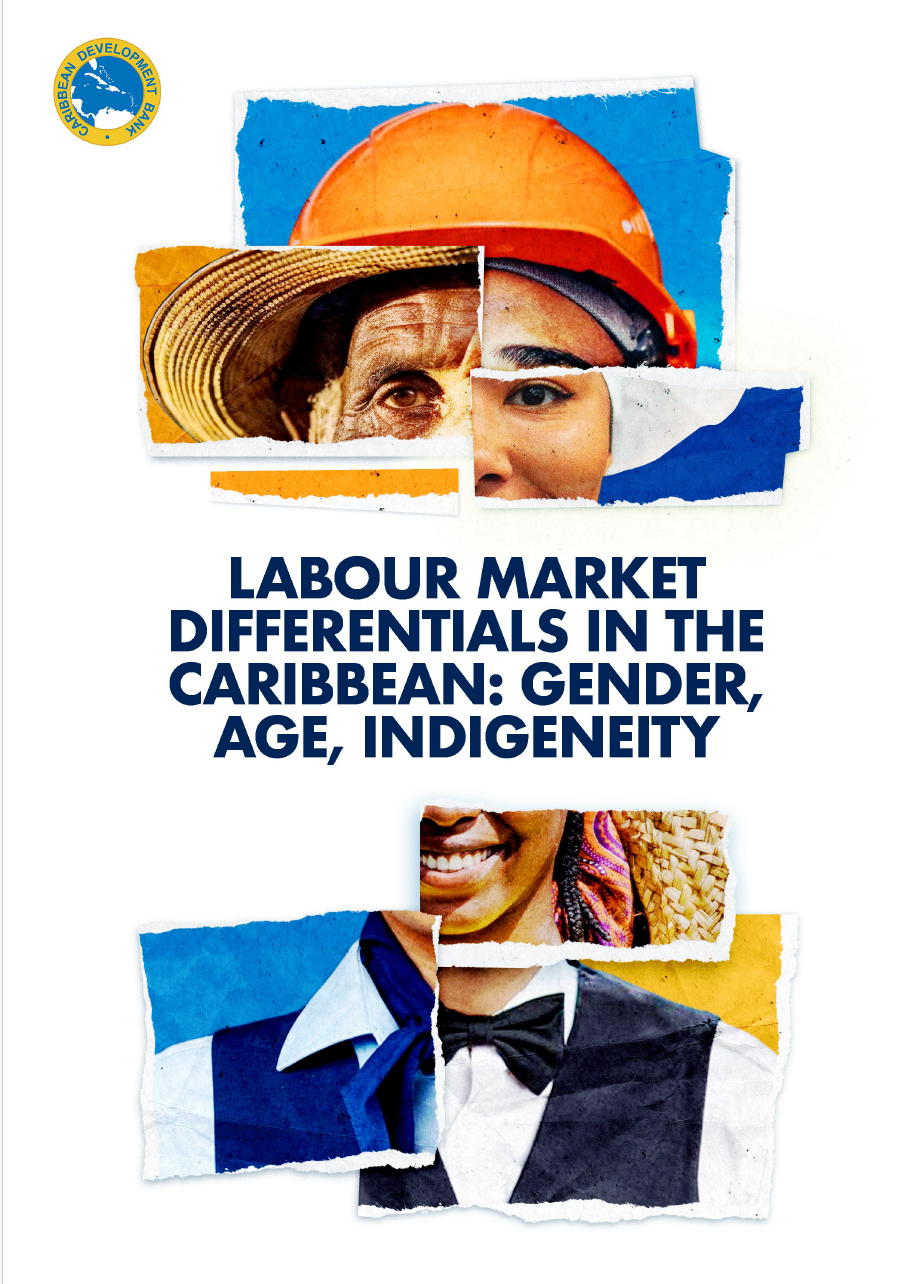
Downloads
CDB Labour Market Differential Study
Summary
The dynamics of the contemporary labour market are heavily influenced by the complexities of globalisation, patterns of growth, poverty, structural transformation, technology, demography (including migration and ageing), non-economic risks, and the low participation rate of women and youth, among other factors.
The study explores several critical dimensions of labour market inequality, including:
- The economic value of unpaid care work—largely undertaken by women—which is routinely excluded from traditional labour statistics, leading to its systemic undervaluation;
- Gender disparities, where women, despite higher levels of education, experience lower employment rates and are underrepresented in higher-paying sectors;
- The declining participation of males in educational and employment opportunities;
- The dual challenge of ageing populations and high youth unemployment across the region;
- The compounded disadvantages faced by indigenous and disabled populations in accessing fair employment opportunities.
Table of contents
Executive Summary
Introduction
The World of Work
Gender Differentials
Youth Differentials
Indigenous and Tribal Peoples
Building Resilience Through Solidarity: Non State Actors
Conclusions
Appendix
References


